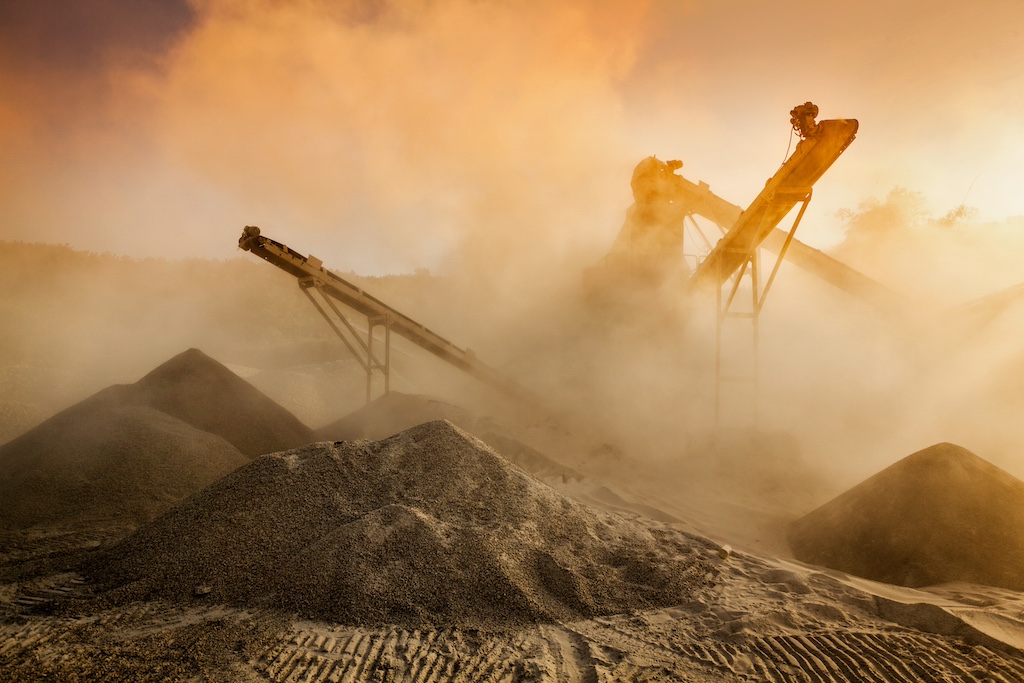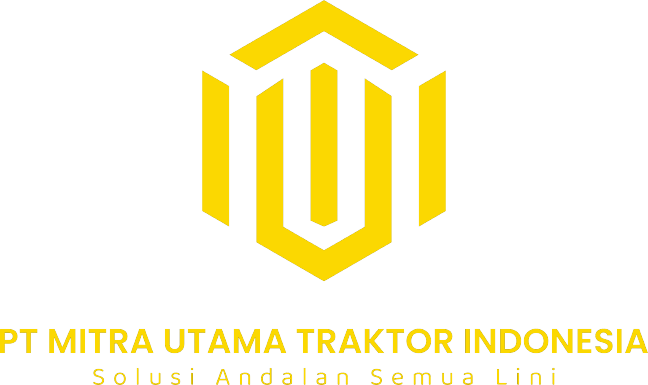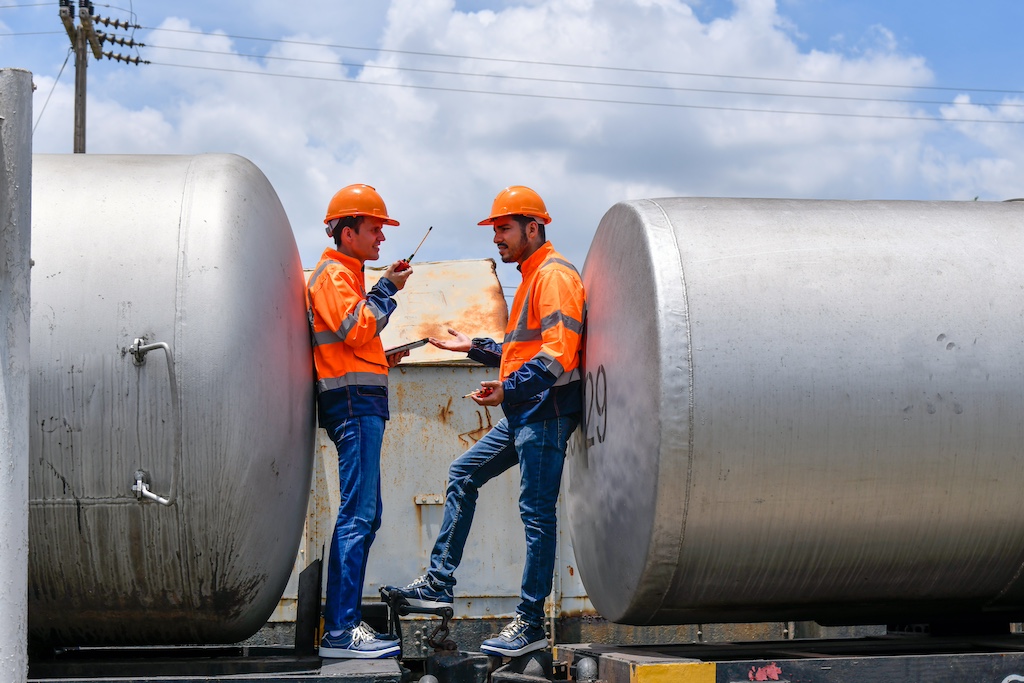Introduction
Methane gas (CH₄) is one of the most powerful contributors to global warming. Its greenhouse effect is far stronger than carbon dioxide in the short term. The oil, gas, and coal mining sectors are significant sources of methane emissions, with many leaks and venting activities still unmanaged effectively. As part of efforts to achieve national emission reduction commitments and net zero targets, methane management in these sectors has become crucial. This article highlights the importance of monitoring methane, along with the challenges and available technologies. It also discusses effective strategies to reduce methane emissions in oil, gas, and mining.
Methane Emissions as a Major Contributor to Climate Change
Although methane is not present in the atmosphere in the same large concentrations as CO₂, it has a much higher global warming potential (GWP) over a 20-year period. This makes every ton of methane released more damaging than the equivalent CO₂ emissions in the short term.
In the energy sector, methane emissions occur throughout the oil and gas value chain—from wells, pipelines, and compression stations, to distribution—through activities such as venting (direct release), flaring (burning), and undetected leaks (fugitive emissions). In the mining sector, especially coal mines, methane is released naturally from coal seams as coal mine methane (CMM), which is trapped in the rock layers.
Because of its high impact, reducing methane emissions has become one of the world’s top priorities in tackling climate change.
The Importance of Methane Management in Oil, Gas, and Coal Mining
Oil and Gas Sector
In the oil and gas industry, methane is often released during production, processing, and distribution. Without proper leak detection and control systems, a significant portion of methane emissions goes unnoticed. Managing methane in this sector is not only beneficial for the environment but also improves operational efficiency, since leaked methane is essentially a valuable resource that could otherwise be used.
Coal Mining Sector
Coal mines, particularly underground mines, hold significant methane potential. Before mining begins, methane can be removed through degassing or pre-drainage to make mining areas safer. Ventilation Air Methane (VAM) systems are also used to capture methane from mine ventilation. If unmanaged, methane emissions from coal mines can worsen the carbon footprint of the mining industry.
In Indonesia, studies suggest that technically, about 26% of methane emissions from coal mining could be reduced through existing technologies such as pre-drainage and VAM systems.
Technologies and Challenges in Reducing Methane Emissions
Methane Mitigation Technologies
1. LDAR (Leak Detection and Repair)
Regular inspection and repair of leaks in pipelines, valves, and fittings to minimize unexpected emissions.
2. Pre-Drainage and VAM Systems
In mining, pre-drainage removes methane before extraction, while VAM captures methane from ventilation systems.
3. Advanced Sensors & Detectors
Use of infrared sensors, automated detection systems, and monitoring technologies to identify invisible methane leaks.
4. Methane Utilization
Captured methane can be used as fuel for power generation or reinjected into gas processing systems, rather than burned or vented.
5. Improved Inventory Methods
Adopting emission factors tailored to local conditions in oil, gas, and coal operations for more accurate reporting.
Implementation Challenges
- High investment costs: Mitigation technologies and monitoring systems require a large initial investment.
- Lack of direct measurement: Many companies still rely on global estimates rather than site-specific measurements.
- Regulatory and incentive gaps: Without proper regulations and incentives, companies are less motivated to invest in mitigation.
- Technical and human resource limitations: Training and technology transfer are essential to ensure effective implementation.

https://elements.envato.com/industrial-crusher-rock-stone-crushing-machine-9MLRGVJ
Operational Strategies: Networks, Supply, and Gas Swap
One advanced strategy in methane management, especially in the energy sector, is optimizing gas supply networks and applying gas swap schemes. For example, gas from regions with production surpluses can be redirected to high-demand areas, reducing pressure on pipelines and improving emission control.
In Indonesia, the gas swap concept—such as from Natuna—can provide an alternative and stable supply while minimizing fluctuations in production. This not only helps in reducing methane emissions but also strengthens national energy security and supply efficiency.
Conclusion
Managing methane emissions in oil, gas, and mining is a strategic effort that cannot be overlooked. With its high warming potential, methane must be addressed urgently through advanced technologies, collaborative approaches, and supportive policies.
By adopting mitigation technologies, optimizing networks through gas swaps, and implementing the right regulations, Indonesia has the opportunity to significantly cut methane emissions. This step not only strengthens the country’s climate action goals but also enhances the credibility of its oil, gas, and mining industries in the era of energy transition.
Read other Articles: What is Emission? From Greenhouse Gases to Air Pollutants





